Facebook announced that their new Ray-Ban collaboration—Ray-Ban Stories—is now available for purchase online and in retail stores in the US, Australia, Canada, Ireland, Italy, and the UK. Their “sunglasses” give their users a way to capture photos and video, share adventures, listen to music or take phone calls without using their phones—very similar to Snapchat Spectacles.
If you’re unfamiliar with Snapchat Spectacles, you aren’t alone. They’re pretty un-memorable, and its appeal dimmed so quickly since its initial release in 2016. The Spectacles were described as a “more fashionable Google Glass”, but it still looked pretty tacky.
Snapchat Spectacles featured a camera lens and “are capable of recording short video segments and syncing with a smartphone to upload to the user’s online account”. The smart glasses record when the user presses a button on the top left of the frame, for a maximum of 30 seconds (in 10 second intervals).
They were cool in theory, but I don’t know anyone who uses Snapchat anymore besides younger users as a platform for communication—so I’m not surprised that the glasses seemed to fizzle out. So, what makes the Ray-Ban Stories different from the Snapchat ones?
According to Facebook, Stories has “dual integrated 5MP cameras”, which let you take photos and videos for up to 30 seconds—either using their “capture button” or hand-free with Facebook Assistant voice commands. LED lights will light up whenever you record or take photos so that you don’t just secretly record without anyone knowing (good on them), and the smart glasses also have a three-microphone audio array for sound and calls. They also have “beamforming technology and a background noise suppression algorithm for an enhanced calling experience like you’d expect from dedicated earphones”.
Ray-Ban Stories will pair with the Facebook View app (iOS, Android), so that you can import, edit, and share content captured on the smart glasses to apps on your phone—including Facebook, Instagram, WhatsApp, Messenger, Twitter, TikTok, Snapchat, and more. You can also save content to your phone’s camera roll and edit and share from there.
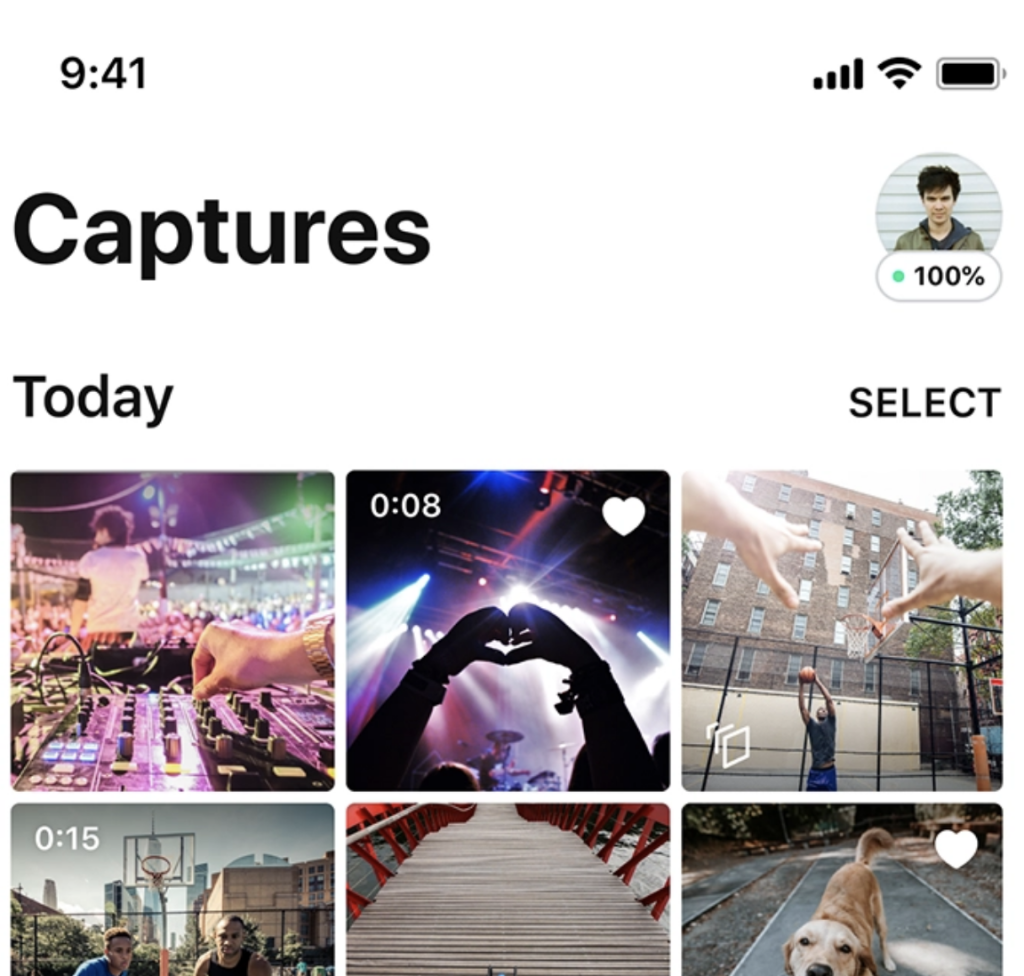
The smart glasses are available in 20 variations—including classes Ray-Ban styles like Wayfarer/Wayfarer Large, Round, and Meteor. You can also choose from five colours with a range of lenses, including clear, sun, transition, and prescription.
The Ray-Bans also come with a “specially-designed portable charging case” so you can recharge your glasses like how you would Bluetooth headphones.
A fully charged case “gives you an additional three consecutive days of glasses use”.Facebook also stressed that they thought about privacy during their product design and functionality of the smart glasses. They added that for “added peace of mind”, photos and videos on the smart glasses are encrypted, and the glasses can only be paired with one account at a time.
Ray-Ban Stories has hardware protections like a power switch to turn off the cameras and microphone, controls in the Facebook View app help you customise your experience, and an opt-in to share additional data. The smart glasses and Facebook View are also “ad-free experiences”. Facebook additionally added a privacy microsite for the Ray-Bans for extra information.
Admittedly, these new smart glasses look like they are a lot cooler than the first generation Snapchat Spectacles. But like the worry with the Spectacles, are these Ray-Bans going to be the start of a new trend—or are they going to wither away like last time? Ray-Ban Stories start at USD 299 (RM1,240.55). You can get regular Ray-Bans for under RM1,000—but I don’t know if anyone will spend more than RM1,000 on smart designer sunglasses.
Besides these two smart glasses, Bose has its lineup of frames with built-in speakers. Huawei also has their Gentle Monster Smart Eyewear which lets you answer calls or listen to music discreetly.
[ SOURCE ]
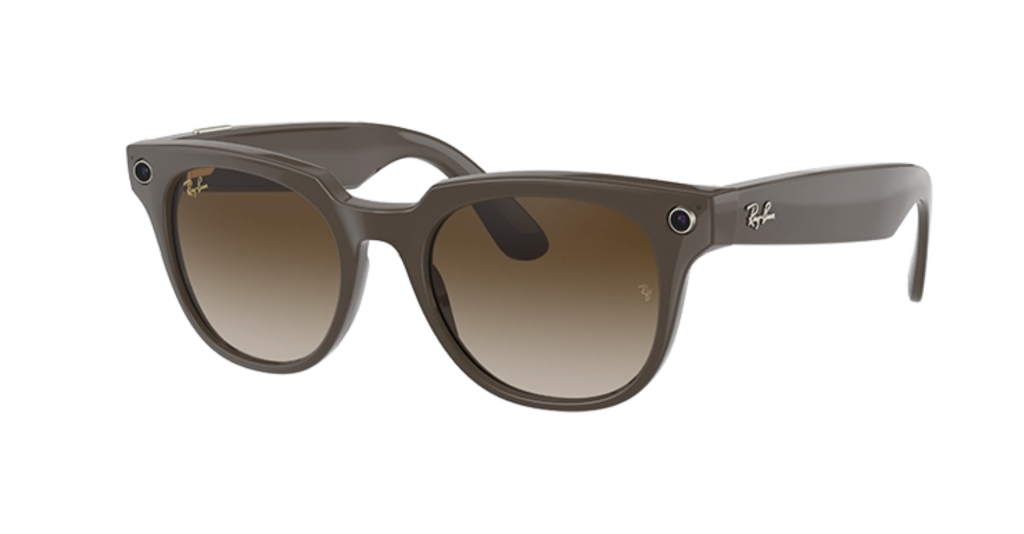
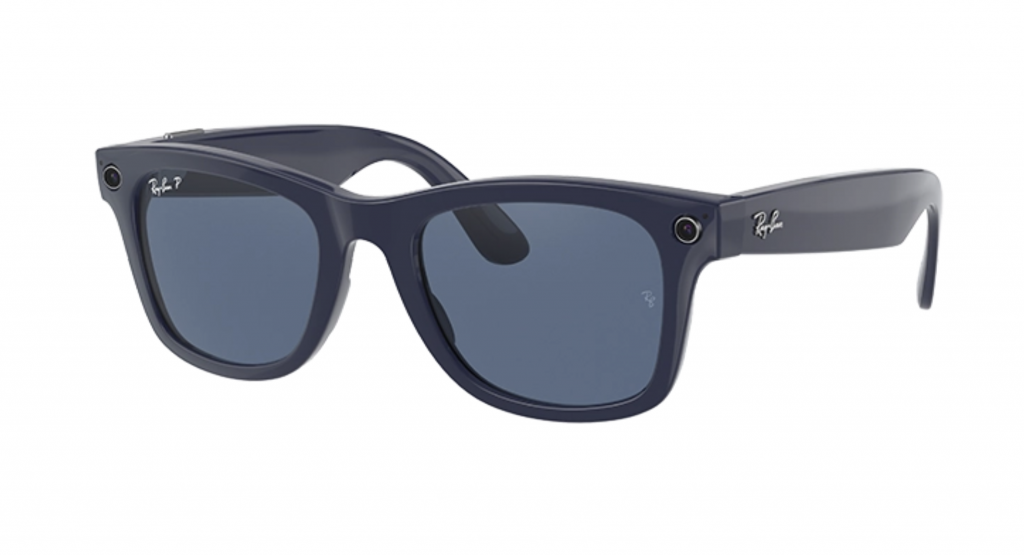
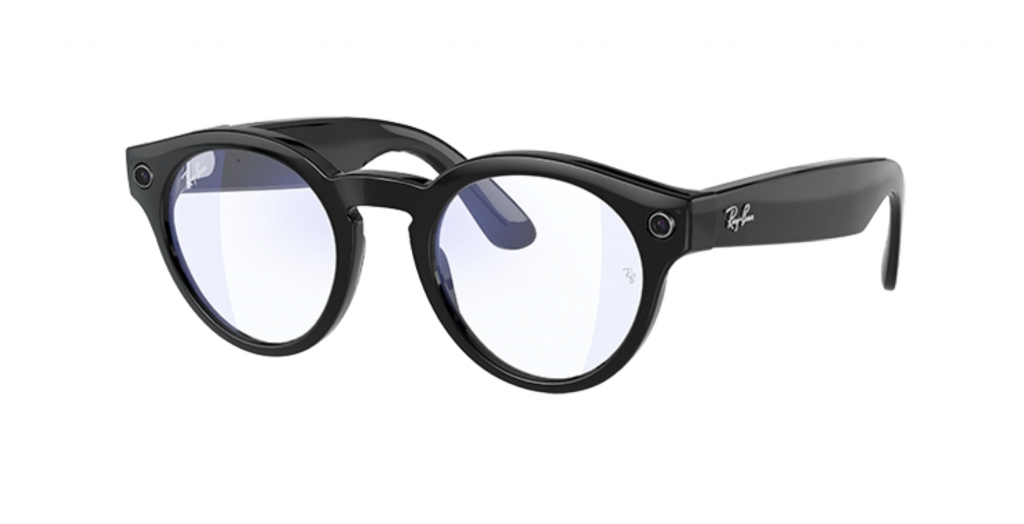
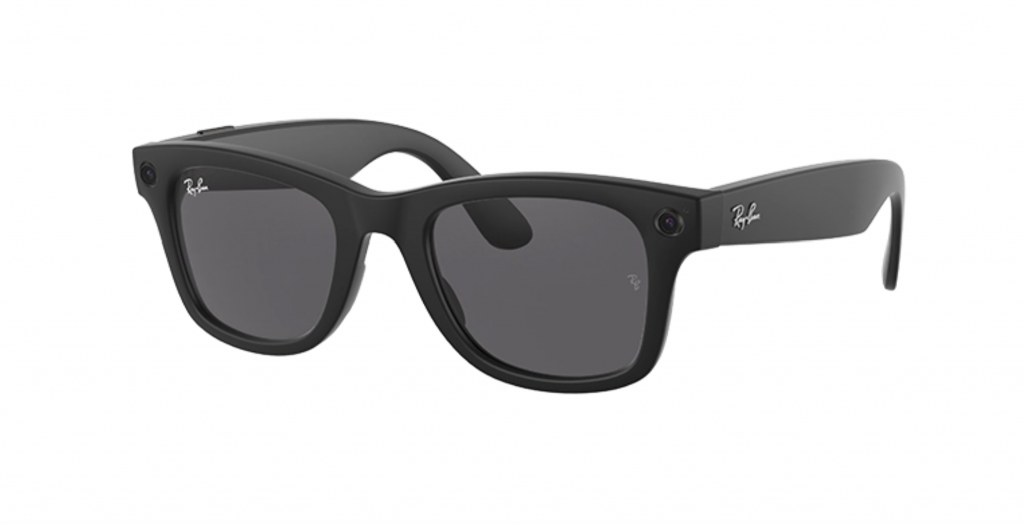
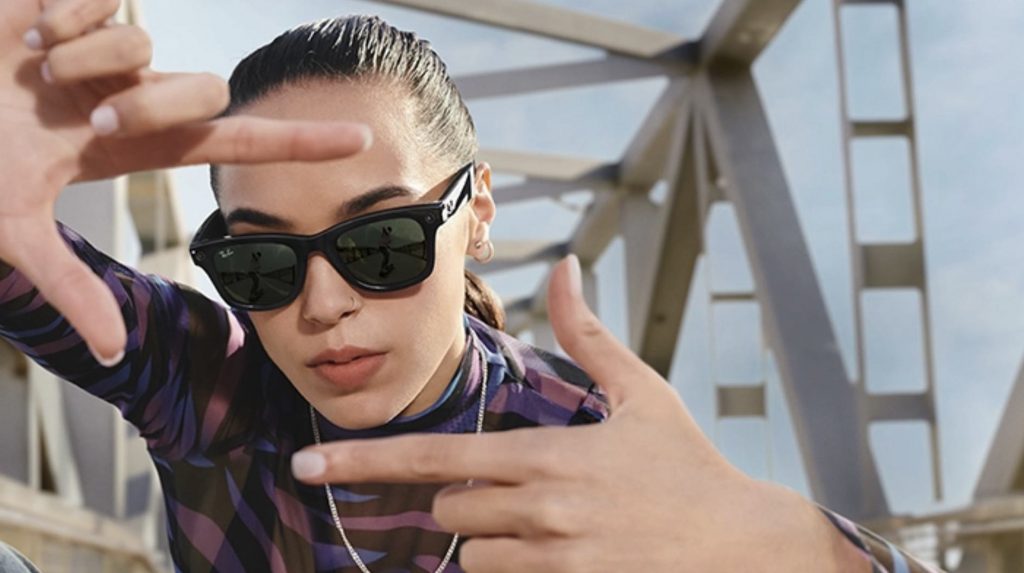
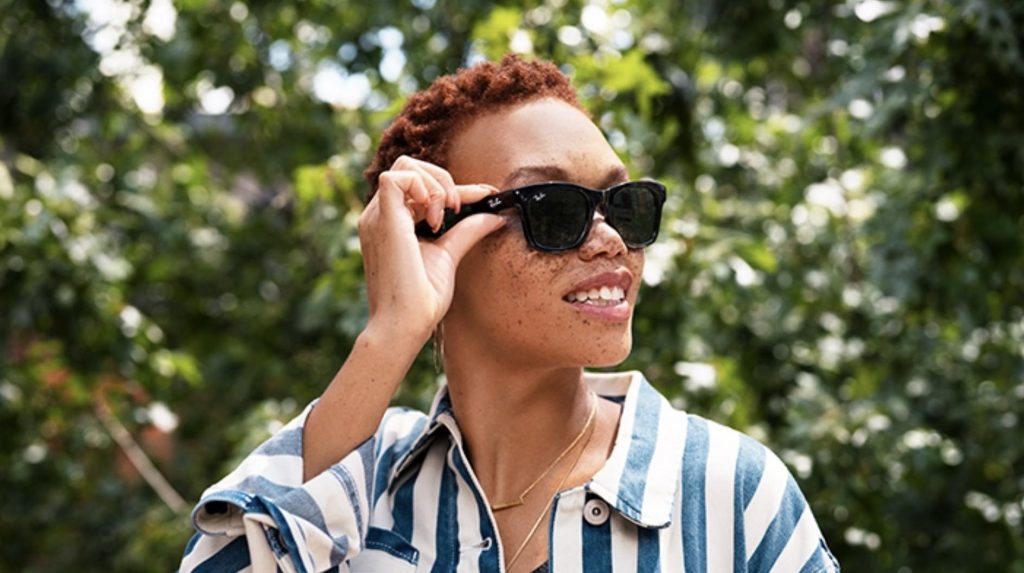
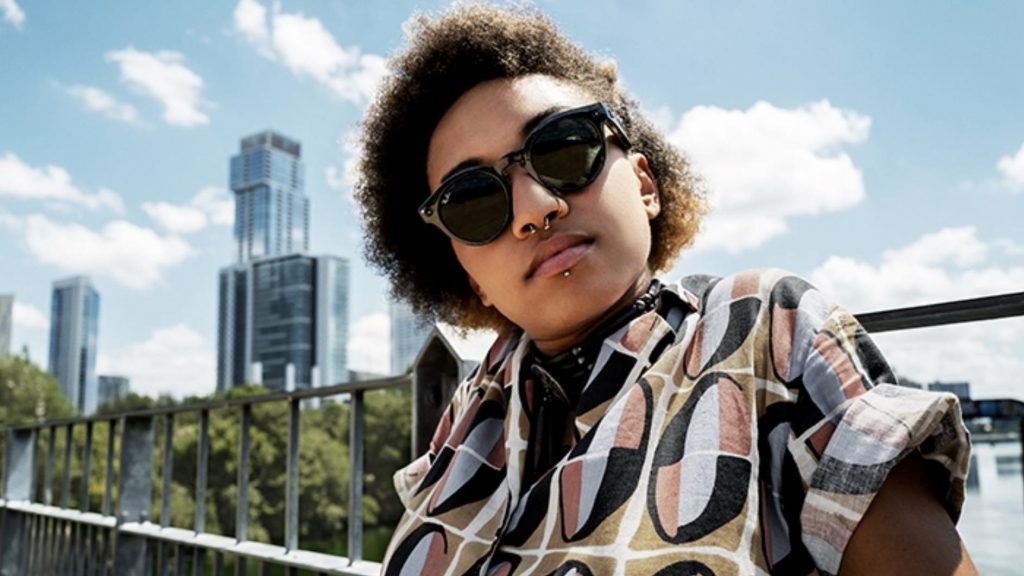
0 comments :
Post a Comment